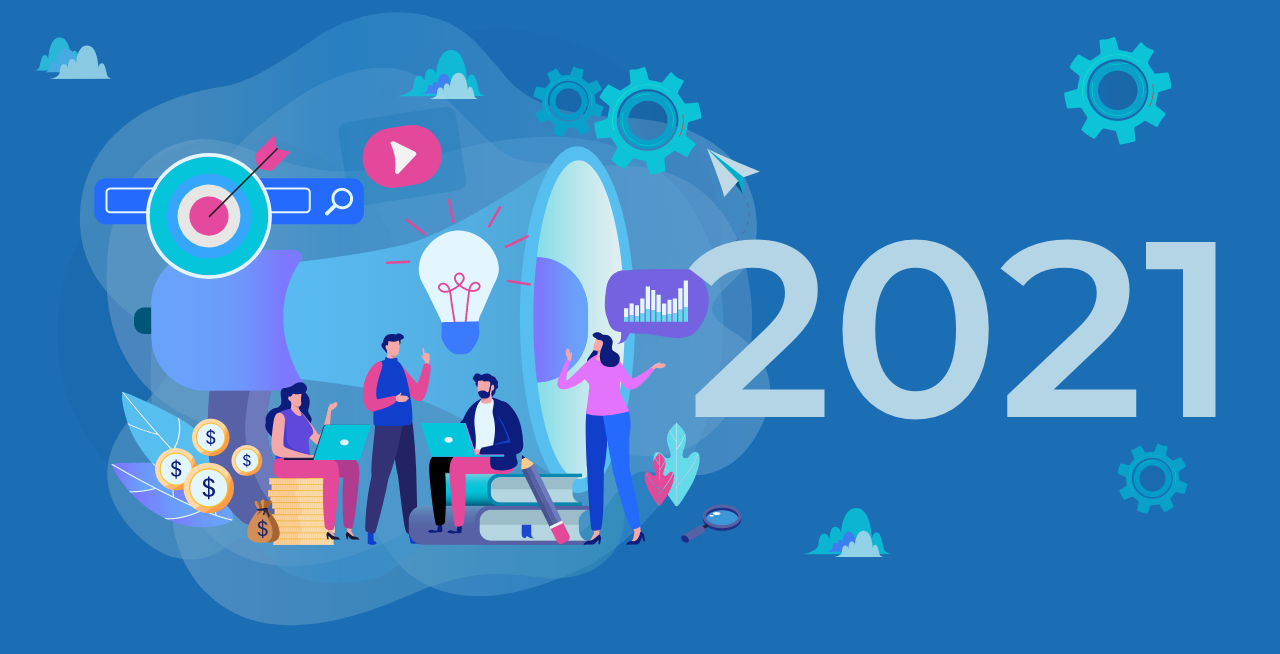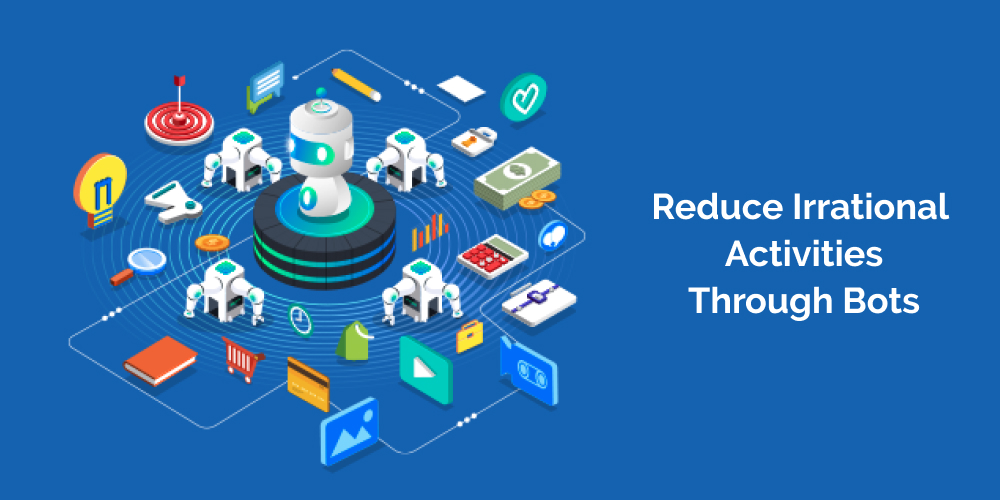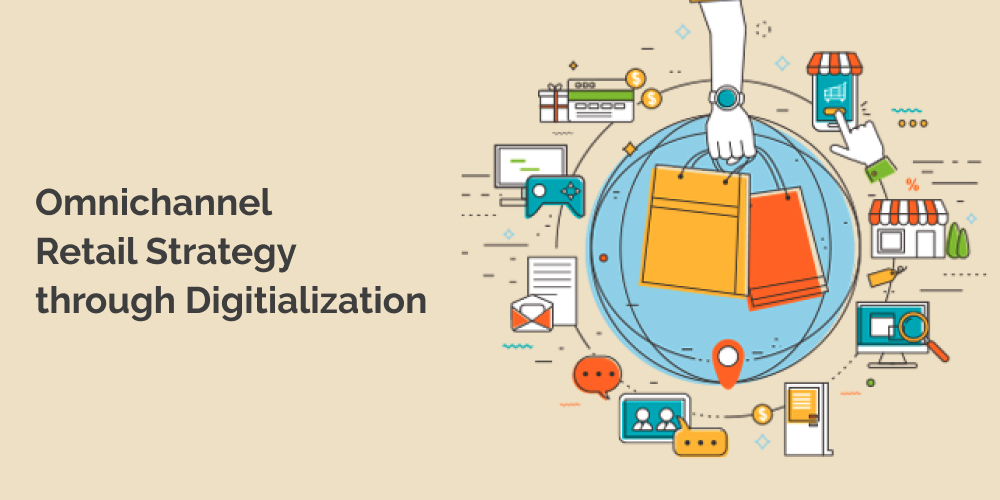Marketing Technology, zBlog
Top MarTech Trends to Follow in 2021
trantorindia | Updated: May 5, 2021

The year 2020 was an eye-opener for marketing teams all around the world. When some of the proven strategies flunked, few new trends performed exceptionally to drive traffic. The pandemic and the new normal increased the emphasis on a new form of marketing technology or MarTech for every business globally. Maybe that is the reason that the number of marketing tools increased to approx. 8000 in the previous year.
It raises a few questions first; which tool is best suitable for a business? Second, which MarTech trend will be helpful and will shape the future? To answer these questions, we monitored various movements, and followed influencers, and came up with MarTech trends that you need to keep an eye on.
- Rally Collaborations – Collaboration has become an integral part of all businesses due to the normalization of remote work. Therefore, a company needs to invest in a collaborative tool that can enhance their work, making complex teamwork better. A collaborative tool will aid you in every step, from ideation to deployment and more. Thus, choose the correct tools to build a strong foundation of trust and work within teams.
- Work On A Personalized Experience For Your Users – Do you watch Netflix? Indeed, you do! It recommends some of the best movies and series, and surprisingly they are according to our taste. Even Amazon recommends items that we will think about buying. It is personalizing experiences for customers, which helps in customer retention. Several consumers expect this from all businesses, and your business is no different. Work on improving the personal experience that a user gets. Both when they contact your customer service team or explore your website for buying purposes.

- Podcasts In B2B Will Become Normal – Podcasts are a rage these days, and for a good reason. They entertain, inform, and educate people without too many advertisements. It interests them as it airs news and topics that appeal more to them. Even the numbers show the popularity of podcasts. 55% of Americans are Podcasts listeners, 26% of Italians listened to podcasts in December 2020, and so on. It shows that a business can gain more market and appeal to several customers through this medium. As the podcast listeners start eyeing more business podcasts, it is time for you to jump into this trend.
- No-Code Technology On The Rise – As demand to shift towards digital marketing technologies increases, the switch to no-code MarTech will also come. It will enable every marketer with limited or no technical skills to use it with ease. It aids them to integrate their creativity with the tech to get better results.

- CMP’s Need Will Rise – CMP or content marketing platform is a tool for collaborative purposes, and the number of marketers wanting to invest in it is on an all-time rise. The need for this change became evident with COVID-19, and this will help them write quick blogs, webinars, and more.
- Personalize With The Aid Of Machine Learning And AI – Artificial Intelligence is part of many business projects as of now, though not in a big way. But in the coming year, AI and Machine learning will become prominent in helping marketers engage and listen to customers in a better way. Machine learning can help personalize social media content strategies for a business, which will provide a better way for businesses to reach out to their customers.
- Using Paid Media With A New Approach – As a marketer, you can leverage automation techniques like social listening and tools to predict customer behavior for paid advertising. It will enable you to comprehend the trends in advance and merge them with the brand’s values. It is a sure way to approach marketing this year as it also lets you quickly respond to customer’s demands and satisfy their needs at the earliest.Get in Touch with Our MarTech ExpertContact US
- Work On Transparency – Businesses cannot be sneaky with their marketing tactics anymore. They have to be clear about their data usage and get consent from the customer regarding the same. Make sure that the customer knows why data collection by you is beneficial for them.
- Operate Automation To Become More Human – Companies and marketers have to reduce the irrational activities and hurl them to the bots. Listening to client needs, recognizing business goals, and enabling your institution to see itself as a human force is the best means to create organizational values that conform to the human experience.

- Headless Commerce – The Best Of Both World Approach – Another trend that is going to be forefront in 2021 and beyond is headless commerce. Due to digitization, manufacturers pay particular importance to customer experience, not just price, and quality. They understand that relying on only stores or distributors is not enough to retain and gain customers in this age when digitization shapes the buyer’s decision.
New headless commerce platforms that have grown in popularity have endeavored to resolve this problem over the former year. They offer API-based environments designed for small-scale retailers. These platforms unify customer touchpoints across the web, social media, and mobile. Some of the significant movements made in this category are as follows:
Adobe purchased Magento last year and launched its new Commerce Cloud. Shopify launched the Shopify Plus platform for enterprises with headless features several years ago, and it has grown steadily.
Headless commerce makes shopping features easy as a service. It is at present one of the most successful architectures in the digital commerce domain. It can benefit manufacturers that have established e-commerce strategies and want to take advantage of the solution functionality without conforming to its design constraints.
So why is headless commerce the most dependable way to innovate customer experience?- Flexibility
- Personalization
- Speed
- Integration
- Omnichannel Commerce For Brick-And-Mortar Retailers – The digitization age is changing every industry, including brick-and-mortar retailers. They are working on creating strategies to blur the lines between digital and physical interaction.
Under this strategy, the customer experience is augmented through RFID, artificial intelligence, virtual reality (VR), smart shelves, and augmented reality (AR). While many may see use cases for these technologies as fads, they’re instantly embedded throughout the retail industry and have started to show their impact.
Retailers pondering the adoption of a union of physical and digital strategy should examine friction points to learn the best digital technology approaches to streamline the in-store experience. These points will achieve greater customer loyalty and ROI than more promotional implementations.
- Innovations In The Supply Chain, Inventory Management, And Order Management – There will be an evolution of hybridized models of demand-oriented, localized supply chains and traditional global supply chain models that will parallel each other.
IoT, machine learning, and RPA will replace people who have traditionally done many of the tasks associated with transportation, ordering, warehousing, and other SCM perspectives. Automation is renewing SCM by helping in in-demand forecasting, supply chain analytics, and predictive maintenance. Cloud SCM platforms will also come into existence, centralizing data and offering multiple ways to access that data, which will decrease cost and add data security. Moreover, the introduction of Blockchain will help the supply chain go completely paperless. It will use Smart contracts to increase transparency, ensure authentication, data security, and limit fraud.
In short, the focus on digital technology and a personalized experience are going to increase for customer retention and acquisition in 2021. The businesses are hopeful that these MarTech trends will enable them to snap out of survival mode and succeed.



